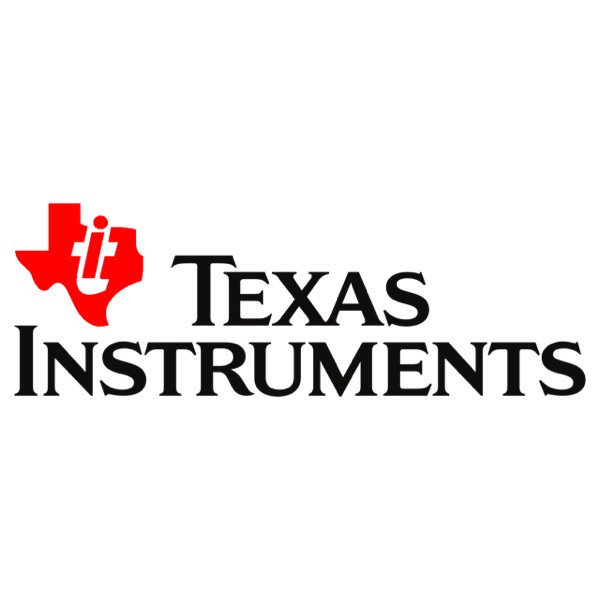New 32-bit microcontrollers minimize power consumption and maximize performance
25-03-2015 | Texas Instruments | Semiconductors
Texas Instruments (TI) has unveiled the MSP432 microcontroller (MCU)
platform, the industry’s lowest power 32-bit ARM Cortex-M4F MCUs. The new
48MHz MCUs levereage TI’s ultra-low-power MCU expertise to optimize
performance without compromising power, while only consuming 95µA/MHz in
active power and 850nA in standby power, says the company.
Industry-leading integrated analog, such as a high-speed 14-bit 1MSPS
analog-to-digital converter (ADC), further optimizes power efficiency and
performance. MSP432 MCUs enable designers to develop ultra-low-power
embedded applications such as industrial and building automation, industrial
sensing, industrial security panels, asset tracking and consumer electronics
where both efficient data processing and enhanced low-power operation are
essential.
The new MSP432 MCUs are the latest advancement in TI’s ultra-low-power
innovation, delivering a best-in-class ULPBench score of 167.4 –
outperforming all other Cortex-M3 and -M4F MCUs on the market. This
ultra-low power benchmark (ULPBench) from the Embedded Microprocessor
Benchmark Consortium (EEMBC) provides a standard way to compare power
performance on any MCU, independent of architecture. The integrated DC/DC
optimizes power efficiency at high-speed operation, while an integrated LDO
reduces overall system cost and design complexity. In addition, a 14-bit ADC
consumes 375µA at 1MSPS. MSP432 MCUs include a unique selectable RAM
retention feature that provides dedicated power to each of the eight RAM
banks needed for an operation, so overall system power can be reduced by
30nA per bank. MSP432 MCUs can also operate as low as 1.62V and as high as
3.7V with full-speed operation to lower overall system power. As the
flagship product in TI’s growing 32-bit ultra-low-power MSP MCU portfolio,
developers can expect the MSP432 MCU roadmap to include increasing levels of
analog, integration and up to 2MB flash memory, while extending MSP430
ultra-low-power leadership.
The MSP432 MCUs pack more performance into devices without compromising
power budgets. The integrated digital signal processing (DSP) engine and
floating-point core (FPU) of the ARM Cortex-M4F core enable a multitude of
high performance applications, such as signal conditioning and sensor
processing, while maintaining performance headroom for product
differentiation. MSP432 MCUs include up to 256KB flash and boost performance
with dual-bank flash memory that enables simultaneous read and write
functionality.
An advanced encryption standard (AES) 256 hardware encryption accelerator
enables developers to secure their device and data, while IP protection
features on MSP432 MCUs ensure data and code security. These features result
in higher throughput, more integration of advanced algorithms, wired or
wireless Internet of Things (IoT) stacks and higher resolution display
images – all while operating within an existing power budget.
Additional features and benefits :
1 - Code, register and low-power peripheral compatibility between MSP430 and
MSP432 portfolios enables developers to leverage existing code and port code
between 16- and 32-bit devices.
2 = EnergyTrace+ technology and ULP Advisor software monitor power
consumption in real time with ±2 percent accuracy.
3 - All-inclusive, power-optimized MSPWare software suite includes
libraries, code examples, documentation and hardware tools for 16- and
32-bit MSP MCUs and can be accessed online with TI’s Resource Explorer or
Code Composer Studio (CCS) IDE. Additional support through IAR Embedded
WorkBench and ARM Keil MDK IDEs.
4 - Open-source Energia supports rapid prototyping on the MSP432 LaunchPad
kit. Immediately leverage a broad code base for rapid firmware development
by easily importing libraries for cloud connectivity, sensors, displays and
more.
5 - Developers can create IoT-connected designs with more flexibility and
memory, higher performance, integrated analog and compatible Wi-Fi,
Bluetooth Smart and Sub-1 GHz wireless connectivity solutions.
Users can start evaluating MSP432 MCUs immediately with a target board
(MSP-TS432PZ100) or a low-cost LaunchPad rapid prototyping kit
(MSP-EXP432P401R) with on-board emulation. Developers can expand their
MSP432 LaunchPad kit evaluation with a full suite of stackable BoosterPacks,
including the low-power SimpleLink Wi-Fi CC3100 BoosterPack. In addition,
TI's Cloud Development Ecosystem helps developers get started faster by
allowing them to access their products, documentation, software and even
integrated development environment (IDE) all from the convenience of the
web. MSP432 MCUs support multiple real-time operating system (RTOS) options,
including TI-RTOS, FreeRTOS and Micrium µC/OS.

By Electropages

MSP432

